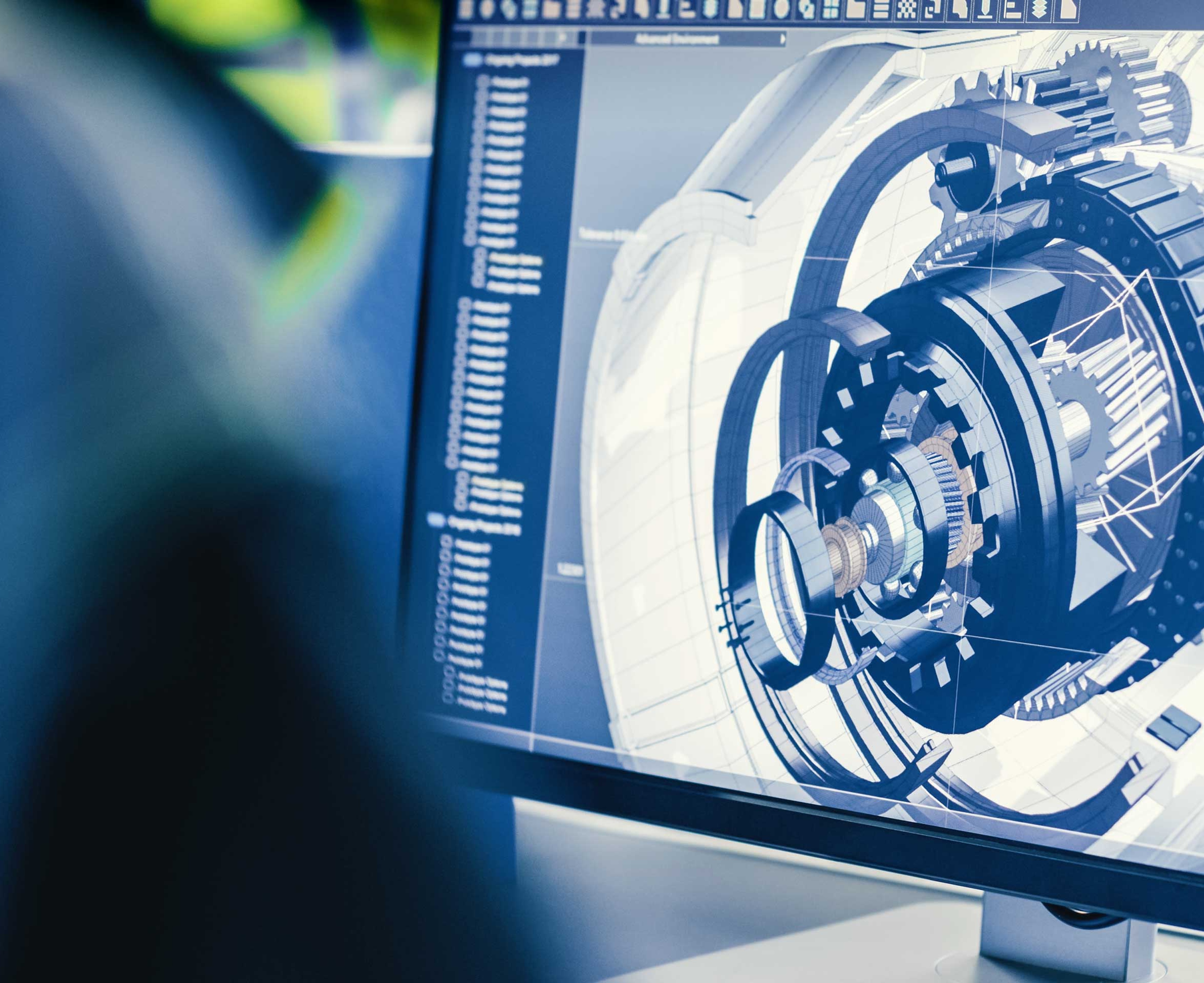WhitepaperProduction Development
An introduction to digital prototyping
Prototyping is essential on the road to creating successful end-products.

Bent-Erik BjørkliBusiness Development

Want to download the white paper
It helps product developers break down complexity, discover dependencies, and get a better understanding of the product for their own development team and all stakeholders involved. It is used to demonstrate value to your stakeholders and obtain market feedback.
Prototyping has been around as long as humans have invented products. Its nature is to be lighter, faster, and cheaper than the final product, but there are still efforts of various degrees put into making them.
Innovations and revolutionary products rarely start out as a physical object. They may start out as a concept in someone’s head; But you cannot succeed with just ideas alone. Developing a fully-fledged product can be a long, complex process filled with trials and errors. However, there is one key step that all ideas must go through if they are to become successful end-products: prototyping.

Through the history of product development, we have seen technology innovations help product developers gain speed and agility. Technology constantly provides new ways of improving both manufacturing and prototyping. New production and material techniques have throughout history made it cheaper, quicker and more cost efficient to create both prototypes and products. In recent history 3D printing has significantly changed the way products and technology develop. 3D printing was invented in the 1980’s and has become the basis for a term called Rapid Prototyping. With the cost of a 3D printer shrinking from the price of a family house to a few hundred dollars making the technology available to everyone, a wave of new inventions has seen daylight. 3D printing provides the ability not only to materialise an object in brief time, but it also makes it possible to design and build in new ways with additive manufacturing.
The world is seeing exponential growth in product development and innovation with the use of 3D printers, laser cutters, cheap Arduino computers, open-source communities, and easy access to powerful cloud computing. It enables product managers to mockup a prototype in a short time compared to what it used to take before. Whilst 3D printing now is a well-known and highly utilised way to prototype, technology moves forward and opens for new and even more efficient ways to rapidly test ideas and innovations.
This article will explain and focus on new simulation technology that makes prototyping even quicker, more detailed, and cheaper. A series of tools allow developers to create a digital version of physical objects and test how they behave physically in a virtual environment with low effort. This is called digital prototyping and it is radically changing the way products are being developed.
Specifically, it will examine the following questions:
What is digital prototyping?
Why is digital prototyping useful?
What types of digital prototyping exist?
How do you get started with digital prototyping?
Authors: Bjørn Harald Snersrud, Bent-Erik Björkli

